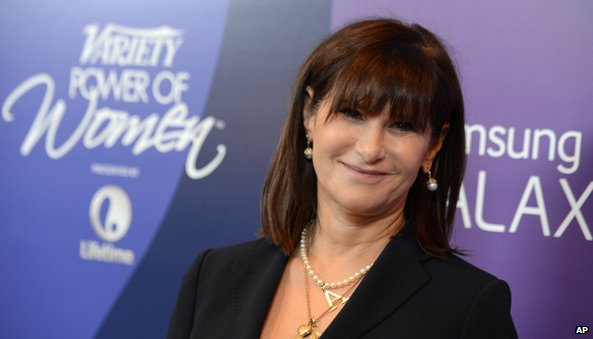 More adolescents are killed by HIV/Aids around the world than by anything else, apart from road traffic accidents.
More adolescents are killed by HIV/Aids around the world than by anything else, apart from road traffic accidents.
While HIV infection rates have been falling globally in the past 10 years or so, among adolescents in some regions they have been on the rise – prompting fears of a “hidden epidemic”.
One in eight new HIV infections occurs in this group of young people.
In Asia, according to a recent Unicef report, the epidemic is growing fastest in young gay and bisexual men. And one of the factors behind this trend is thought to be an increase in casual sex with multiple partners, driven by mobile dating apps.
Nest is 19 and lives in Bangkok, Thailand. He uses mobile apps like Grindr and Growlr to meet and date other gay adolescents.
“I don’t like to have sex at the first meeting, I prefer to chat and get to know the person first,” he says.
“But some of my friends just meet up for sex. If you go on Growlr, there will be around 50 guys available during the day, or 100 at night.”
Nest practises safe sex but not with his regular partners. It took time for him to build up the courage to go for his first HIV test and he was relieved to find he was in the clear.
“I was very tense. I read all about HIV on the internet and what would happen if I got a positive result. I’ve been safer since then.”
Risk-taking
Like many other adolescents, Nest is using dating apps to hook up to a sexual network and meet people nearby for casual sex.
Wing-Sie Cheng, Unicef regional advisor for HIV and Aids in Bangkok, says she suspects many young men and women are being put at risk.
“It’s not just one to one, it’s one to many, so the risks of acquiring HIV go up.”
Although there is no evidence directly linking apps to HIV infection rates, their increasing prevalence means there is a “need to sound alarm bells”, she adds.
Adolescence is traditionally a time when teenagers engage in risky behaviour and look to experiment and gain more independence.
The rise in ownership of smartphones and the popularity of social media has opened up opportunities for them to express themselves.
And that’s prompted organisations like Unicef to start working with the companies running dating apps to help users act responsibly.
Dating apps are commonly used by adolescents in AsiaImage
This age group is vulnerable and needs support – and using social media to offer that is obvious, Wing-Sie Cheng says.
“We need to communicate with them in a way they recognise, in their language.
“Our role is not to judge them but to facilitate access to health services.”





